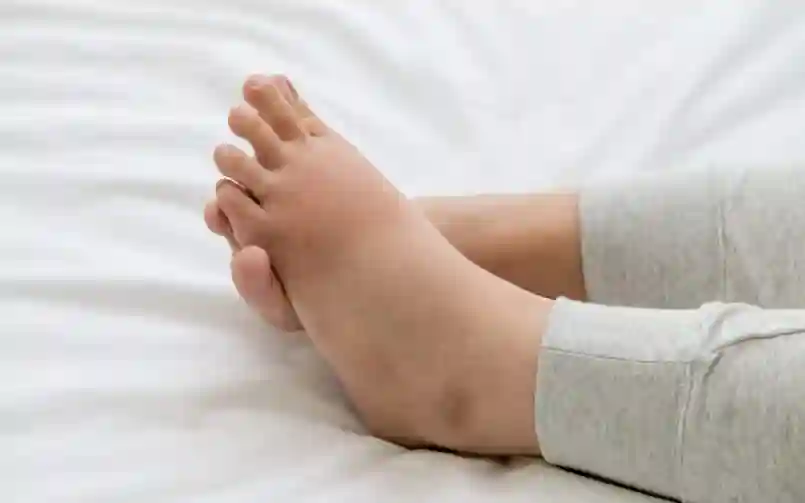Leg swelling can occur in any part of the legs, including the feet, ankles, calves and thighs. Leg swelling can result either from fluid build-up (fluid retention) or from inflammation in injured or diseased tissues or joints.
Sometimes leg swelling may be a sign of a more-serious disorder, such as heart disease or a blood clot.
Complications include difficulty breathing, chest pain or other warning signs of a blood clot in your lungs or a serious heart condition.
It can be caused by a problem with the circulatory system, the lymphatic system or the kidneys.
Leg swelling caused by the retention of fluid in leg tissues is called oedema.
Other cause could be due to being overweight, being inactive, after sitting or standing for a long time, or wearing tight stockings.
Some diseases causing the same include:
- Acute kidney failure
- Cardiomyopathy (problem with the heart muscle)
- Chronic kidney disease
- Cirrhosis (scarring of the liver)
- Deep vein thrombosis (DVT)
- Heart failure
- Nephrotic syndrome (damage to small filtering blood vessels in the kidneys)
- Pericarditis (inflammation of the tissue around the heart
- Thrombophlebitis (a blood clot that usually occurs in the leg)
- Venous insufficiency, chronic (leg veins with a problem returning blood to the heart)
Other causes include:
- Hormone therapy
- Lymphedema (blockage in the lymph system)
- Pain relievers, such as ibuprofen (Advil, Motrin IB) or naproxen (Aleve)
- Sitting for a long time, such as during airline flights
- Pregnancy
- Prescription medications, including some used for diabetes and high blood pressure
- Standing for a long time
Leg swelling can also be caused by inflammation in leg tissues.
Inflammation may be a normal response to injury or disease, this include
- Achilles tendon rupture
- ACL injury (tearing of the anterior cruciate ligament in your knee)
- Baker’s cyst
- Broken foot
- Broken leg
- Cellulitis (a skin infection)
- Gout (arthritis related to excess uric acid)
- Infection or wound in the leg
- Knee bursitis (inflammation of fluid-filled sacs in the knee joint)
- Osteoarthritis (disease causing the breakdown of joints)
- Rheumatoid arthritis (inflammatory joint disease)
- Sprained ankle




